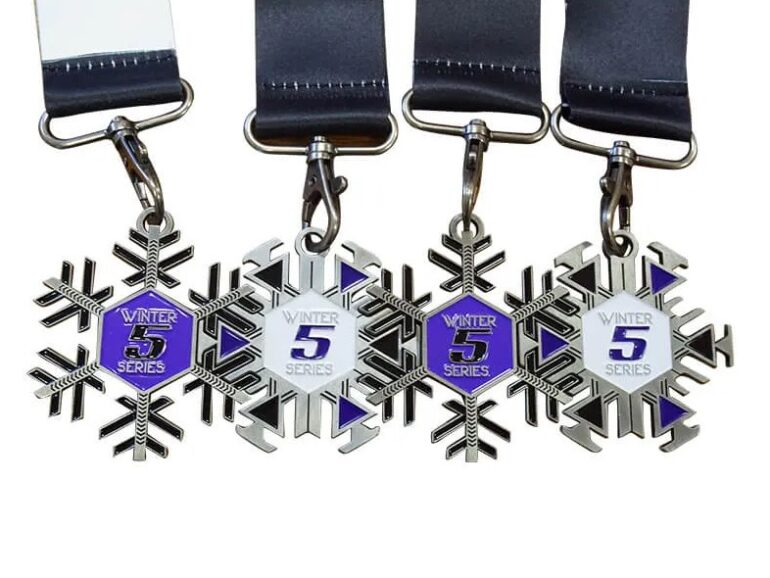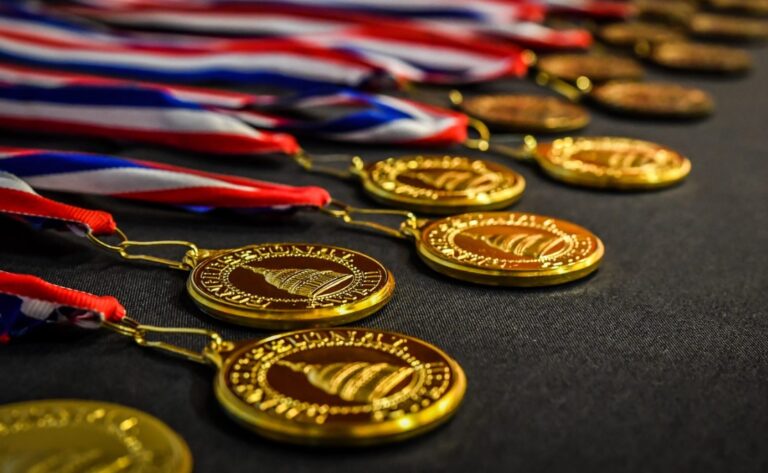In order to recognize achievement, success, and commitment in a variety of professions, award medals retain a distinct position. These gifts of appreciation capture the accomplishment’s spirit while also serving as symbols of success. The process of creating award medals is precise and turns an idea into a physical token of recognition.
Conceptualization ─ Defining the Essence
Every award medal begins with a concept. Whether it’s recognizing athletic prowess, academic achievement, or professional excellence, the design should reflect the essence of the accomplishment. This phase involves brainstorming ideas, considering symbolism, and understanding the values associated with the prize.
Symbolism and Visual Elements
Award medals often incorporate intricate symbolism and visual elements that resonate with the achievement being honored. Designers work to include icons, emblems, and imagery that embody the significance of the award. These elements serve as a bridge between the abstract concept and the tangible medal.
Materials and Aesthetics
Choosing the right materials is crucial in crafting them that are not only visually appealing but also durable and lasting. Designers must consider factors such as metal type, finish, and texture to achieve the desired aesthetic. The material selected contributes to the overall perception of the award’s prestige.

Incorporating Brand Identity
In cases where honor medals are associated with organizations or events, incorporating brand identity is vital. The design should align with the organization’s logo, colors, and overall branding to create a cohesive visual representation. This ensures that they become an extension of the brand’s identity.
Ergonomics and Wearability
The purpose of honor medals is to be proudly worn or displayed. Therefore, designers must take the medal’s wearability and ergonomics into account. Size, weight, and attachment methods all play a part in ensuring that recipients can proudly display their accomplishments.
Customization and Personalization
To add a personal touch, they often incorporate elements that can be customized for individual recipients. This might include engravings, dates, or even specific achievements within a broader category. Customization enhances the sentimental value of the medal, making it truly unique to the awardee.
Production Techniques
Turning a design concept into a physical award medal involves various production techniques. These can include casting, engraving, embossing, and more. Production methods are chosen based on the complexity of the design, the materials used, and the desired finish.

Quality Assurance
Before the medals are finalized, a rigorous quality assurance process takes place. This ensures that each medal meets the established design standards and maintains a high level of craftsmanship. Quality control helps prevent flaws and ensures that the medals are ready for presentation.
Presentation and Ceremony
The design process culminates in the presentation ceremony, where recipients are honored for their achievements. They become the physical embodiment of their hard work and dedication. The ceremony itself adds an emotional layer to the medal, making it a cherished memory for the awardee.
Conclusion
In conclusion, designing them is a journey that begins with an idea and transforms into a symbol of achievement and recognition. The careful consideration of symbolism, materials, customization, and production techniques results in a tangible piece that captures the essence of accomplishment and serves as a timeless commemoration.
Whether in the realm of sports, academics, or professional achievements, award medals stand as a testament to human dedication and excellence.

